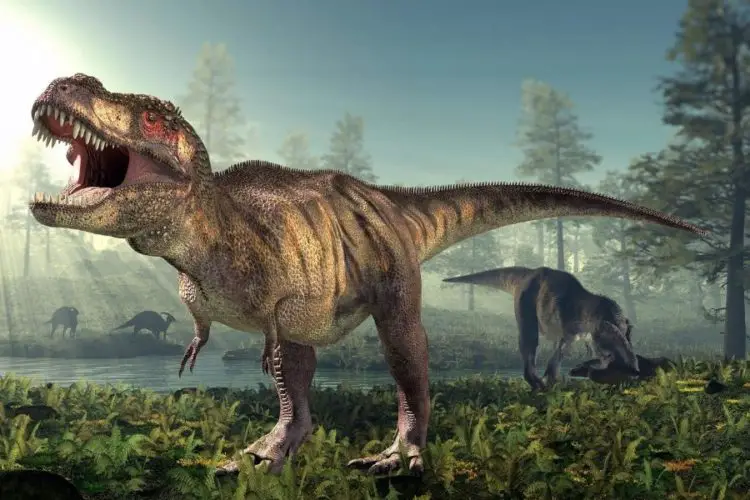The world’s first biggest and most dangerous predator, the T-Rex, was believed to be a solitary animal until now. The newest mass death site in the southern U.S. suggests that T-Rexes might have had social skills and got along with each other.
The question of whether or not large dinosaurs hunted in groups or alone has been a matter of debate for centuries. Since they were big and did not need a group to have their back, it was safe to assume they could have hunted alone.

Why is the new site shocking?
The new site suggests pack-like behavior in T-Rexes, something unknown till now. Previously, T-Rex was believed to be the most ruthless predator, who only killed and showed no signs of animal emotion. However, scientists with the Utah Bureau of Land Management have found new evidence in the Grand Staircase-Escalante National Monument.
According to Dr. Joe Sertich, curator of dinosaurs at the Denver Museum of Nature & Science, the new mass site seems to indicate that Tyrannosaurus Rexes were complex creatures. These large creatures were capable of social behavior with other animals. Furthermore, Sertich also mentioned that this new discovery will change other beliefs on how large predators hunted and behaved.
The sites of Alberta, Montana, Utah, and Canada have led scientists towards credible proof that T-Rex likely had social skills. Thinking it was a special case since it was only the one, the discovery in Canada had been set aside. Scientists had previously believed that T-Rex did not have the mental capacity to build something complex. At the Canadian site, twelve individuals were found almost 20 years ago. Montana’s site birthed some theories, but Utah has led to more certain ideas.
Why are we still not certain?
Even though there was a pack found at the “Rainbows and Unicorns” site in the Kaiparowits formation, not much thought was given to that element of the discovery. Previous discoveries on the land had proven unreliable. At first, scientists believed that this site could be used to understand T-Rex behavior, but the site turned out to be much complicated than that.
When the site was analyzed, it was found that four or five of the T-Rexes died as a result of a seasonal flood between 99 to 100 million years ago. Fossils of other animals such as fish, turtles, alligators, rays, and other dinosaurs were also found at the site.
Later, the bones were driven to a different place by the flowing river, which made the site more complex than it was before.
Dr. Celina Suarez, a professor of geology at the University of Arkansas, and her former Ph.D. student, Dr. Daigo Yamamura, posit that the similar elements found near each fossil suggest that there had been a pack and that it was not, in fact, a coincidence that the specimens had been found together.
There are still so many questions that have yet to be answered. The continuous excavation of the site should reveal the knowledge we crave.

